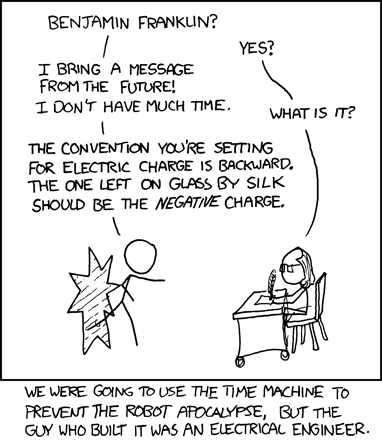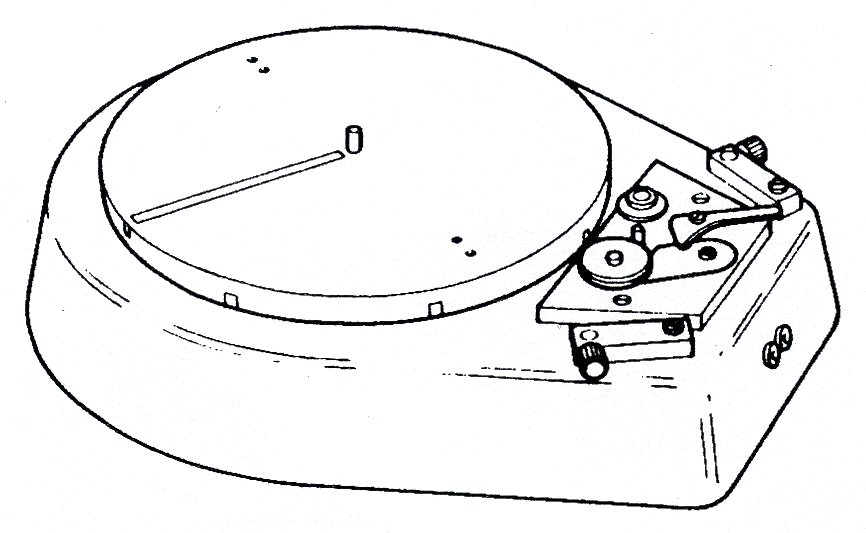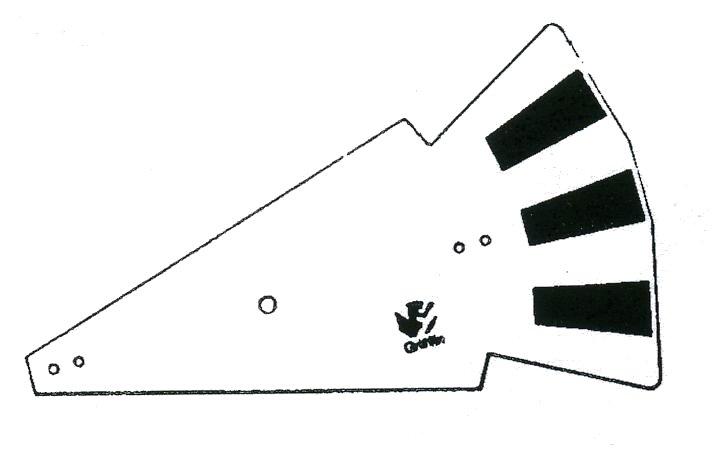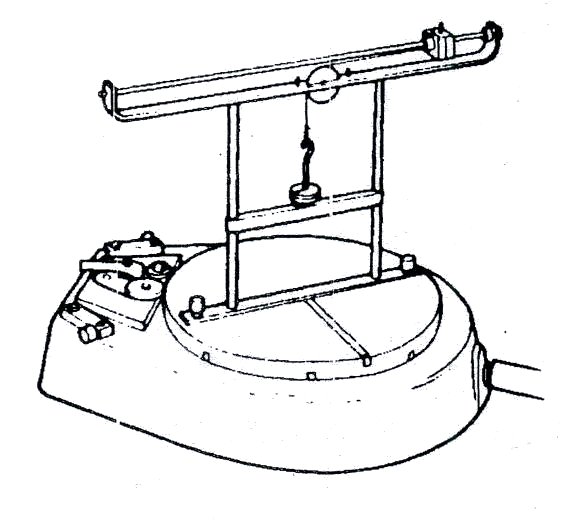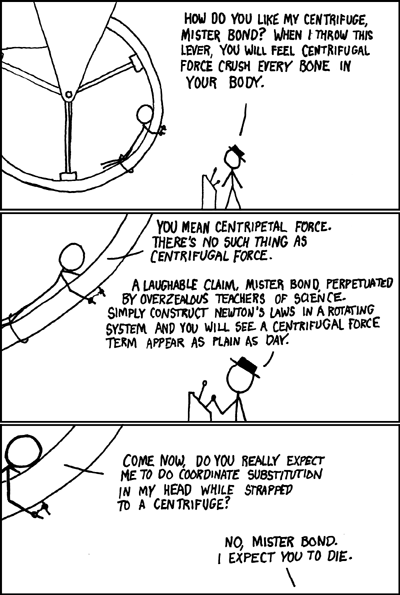On Monday, we discussed Millikan’s famous experiment to determine the charge on an electron. Some of the slides I used during the lesson were taken from a site created by Joe Rowing, who teaches physics in Brighton. You can download the full powerpoint file and handout sheets here.
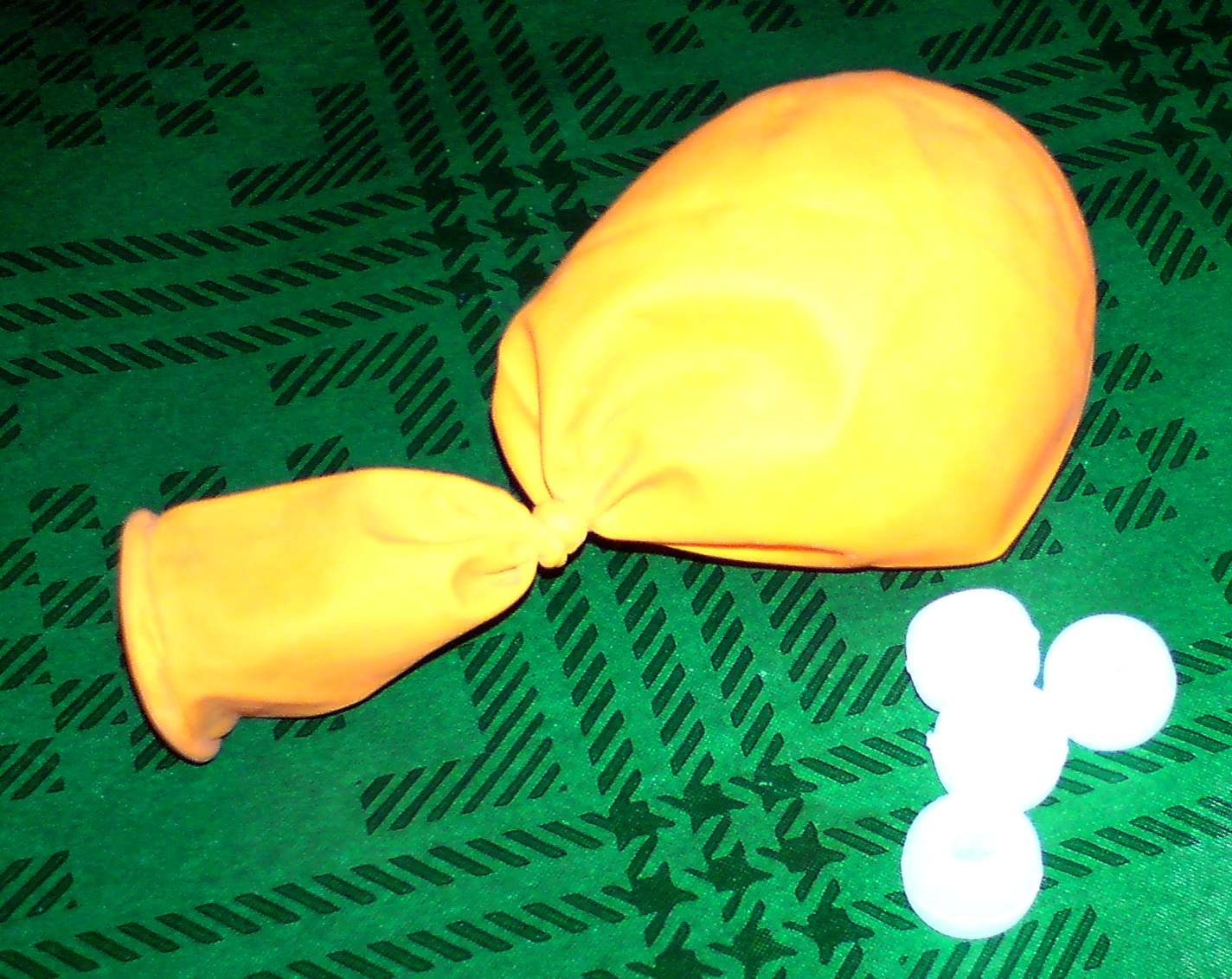
We performed a small experiment to show how Millikan was able to calculate the charge due to a single electron. Balloons filled with different numbers of beads replaced the charged oil drops and allowed us to simulate Millikan’s method using an electronic balance. The mass of a single bead at 0.22g – congratulations to those of you who were able to reach this value!
If you look at the slides on the site I linked to above, you will find a description of the experiment I based this on. Mr Rowing used sweets instead of beads.




